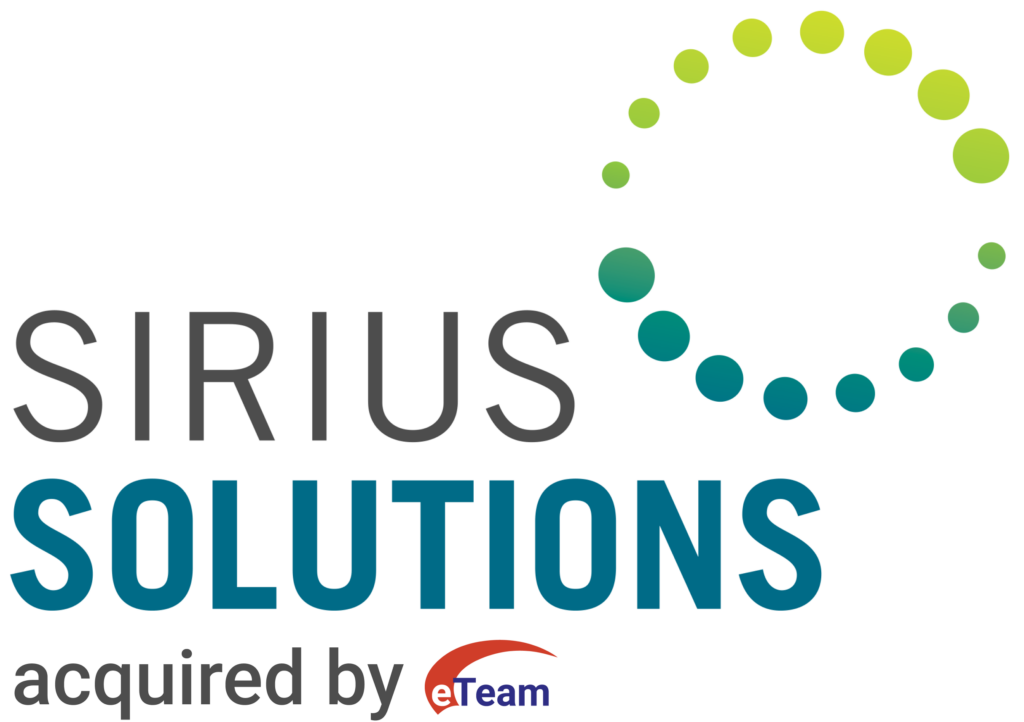Unlocking the Power of Practical RPA

According to Gartner, RPA is on its way to mainstream – estimates say about 60% of companies with revenues greater than $1B have deployed RPA in some capacity. This number is expected to reach 85% by 2022. RPA spending currently stands at about $700M and RPA prices are expected to fall sharply.
With this in mind, what we find when we reach out to clients, especially in Houston and Dallas, is one of four scenarios: most are evaluating RPAs but have not rolled out a formal RPA commitment, some are still warming up to the possibility of RPAs, others have tried and failed with RPA deployment, and encouragingly, some have a healthy RPA adoption strategy and program in place.
What this data tells us is that successful, practical RPA programs take time, experimentation, discipline, and effort. Early RPA adopters and use cases can be found in supply-chain, human resources, finance, compliance, accounting, marketing, and sales. Initially, RPA efforts look like experimentation – a learning routine to finetune an RPA strategy, game plan, and cadence. Early RPA engagements often include a collaboration of the ‘yes-sayers’ with a core RPA driver, team, or innovative department taking the lead in implementation. Both strategies work if the knowledge and experience gained can be transferred back to the organization.
For companies wanting to kick off their RPA journeys, here are the basics:
Who: Chances are that you are either part of a central RPA Center Of Excellence (COE) for your organization OR you are a member of a team/function thinking through an RPA deployment. Both approaches work. For an RPA COE, finding the appropriate collaborators will define success. For a small team or function considering an RPA deployment, having the first success story offers you the ability to make a significant impact across your organization.
What: It’s important to develop a framework for what processes are RPA ready candidates in your organization. Traditional frameworks include workflows with high velocity, volume, maturity, risk, and of course, financial burden. With a framework in hand, RPA leaders can prioritize a list of projects within specific areas of their business or company-wide. An RPA assessment is useful at this stage.
How: The “how” is interesting because it means making choices. At the onset, it makes sense to engage an RPA partner with two diverse capabilities – 1: brings with it not just experience in RPA technologies like UiPath, Blue Prism, or Automation Anywhere, but also provides custom deployments, and 2: understands complex workflows and business processes to ensure a successful transformation creating a value-adding human-technology based structure. The combination of people, process, and technology drives RPA successes.
Companies lacking the discipline to carefully plan the who, what, and how will find deployments difficult. Successful companies invest the time in educating themselves and experimenting leading to a tested, strategic approach to RPA implementations. Having a corporate Center Of Excellence for RPA is also vital to transfer knowledge and skills across an organization. Yes, a lot of things in supply-chain, human resources, finance, compliance, accounting, marketing, and sales can be automated, but it’s important to adopt a framework that delivers value and impact for every deployment.
Rakhee Das, Technology & Innovation Practice Leader – Sirius Solutions, LLLP
If you would like further information regarding Robotic Process Automation, please complete the form below.
